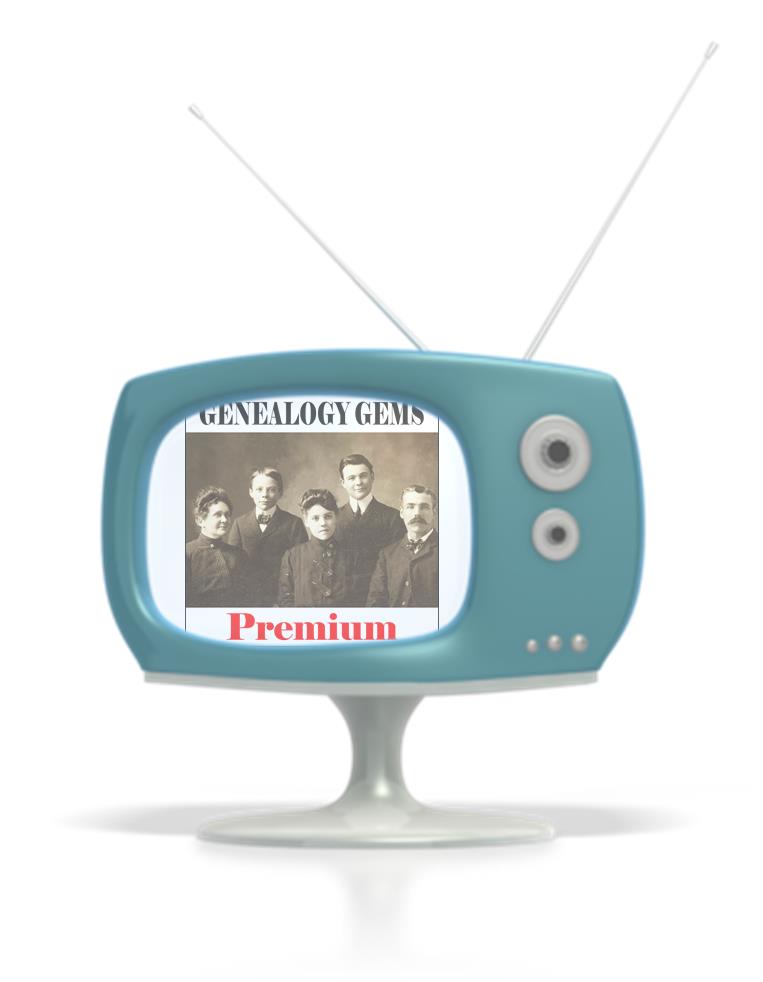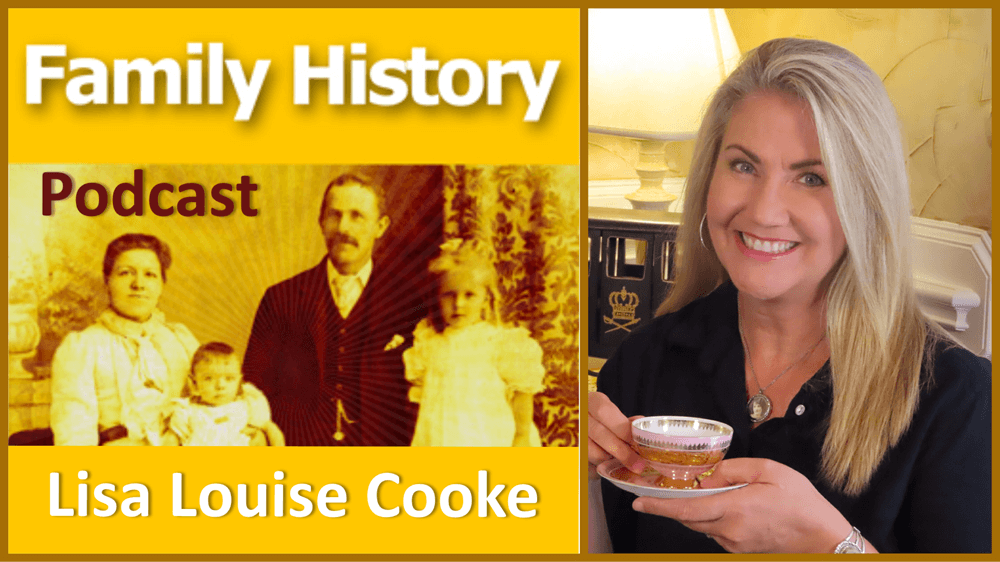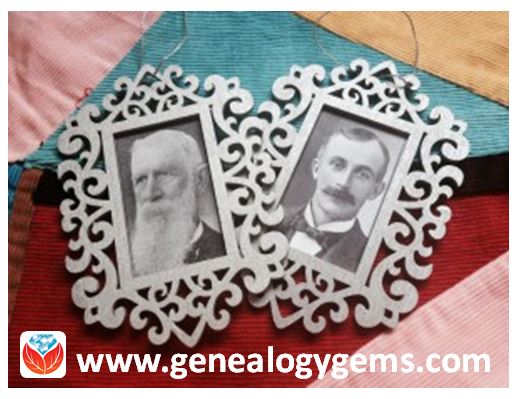by Diahan Southard | Oct 16, 2014 | 01 What's New, British, FamilySearch, Maps
Did you know that FamilySearch has an interactive map to help you find English parish boundaries in 1851?
Daniel Poffenberger, who works at the British desk at the Family History Library in Salt Lake City, showed me this map gem. He says this map was about 7 years in the making!

English parish boundaries: map on FamilySearch.org.
Before you click through to the map, you should know:
- Use the main Search interface to search by a specific location.
- Click on layers to indicate whether you want the map to show you boundaries to parishes, counties, civil registration districts, dioceses and more.
- Click and drag the map itself to explore it.
- Wales is also included here but the Welsh data doesn’t appear to be entirely complete (try it anyway–it might have what you need).
- The map isn’t yet permanently operational. It does go down sometimes, possibly because they’re still working on it. It doesn’t print easily. It’s suggested that if you want to print, you hit “Ctrl-Print Screen” and then paste it into Word or another program that accepts images.
Click here to see the FamilySearch England & Wales 1851 Parish map.

Want to learn more about using maps? Premium members can check out my video, “5 Ways to Enhance Your Genealogy Research with Old Maps.” Not a Premium member yet? Click here to learn more.
by Diahan Southard | Apr 29, 2014 | 01 What's New, Beginner, Family History Podcast, Immigration
Family History: Genealogy Made Easy Podcast
with Lisa Louise Cooke
Republished April 29, 2014

with Lisa Louise Cooke
https://lisalouisecooke.com/familyhistorypodcast/audio/fh29.mp3
Download the Show Notes for this Episode
Welcome to this step-by-step series for beginning genealogists—and more experienced ones who want to brush up or learn something new. I first ran this series in 2008-09. So many people have asked about it, I’m bringing it back in weekly segments.
Episode 29: Immigration and Naturalization Records for Family History, Part 1
In this podcast episode, one of my favorite experts talks about one of my favorite topics: immigration and naturalization records. Stephen Danko, PhD is a genealogy lecturer and a very popular blogger. In this episode he’s helping U.S. genealogists cross the pond through the use of immigration and naturalization records. He’ll talk to us about the challenges we’ll face in locating these records—and some documents you may not even know existed: certificates of arrival.
In the next episode, we’ll continue our conversation with a discussion of Departure Passenger Lists. Departure information from European ports is often available on microfilm at the Family History Library, on Ancestry.com or other websites. Some of the passenger steamship lines themselves kept departure lists, like the White Star Line or the Red Star Line, and these are on microfilm.
Here are my favorite tips from the episode:
Once you find an ancestral hometown, use Stephen Morse’s advanced search tools (see below) to look for others who arrived from the same place. This can help you identify other relatives, friends and others who part of a group or chain migration.
Usually we start with the most recent records and work backward. But when we look for immigration and naturalization records, look FIRST for immigration papers. THEN look for naturalization papers they may have filed later. You know they arrived—but not every immigrant naturalized, and their naturalization papers may have been filed in multiple places and may not be indexed.
Beginning in 1926, applicants for naturalization who arrived in 1906 or later had to be issued a certificate of arrival. These certificates were issued after their names were confirmed by the government on the original passenger lists. Between 1926 and 1943, information about certificates of arrival was noted on the original passenger lists.
The certificate of arrival information helps you in two ways:
- The date tells you about when they applied for naturalization
- The first part of the certificate number is the naturalization district (Northeast, Midwest, West coast, etc), to help you narrow down where to look.
Anything that helps you narrow down a search for naturalization records helps!
Updates and Links
About 70 million immigration and naturalization records have been indexed in recent years through an enormous community indexing project led by FamilySearch. Check out their site (below) to see what records are searchable now.
Ancestry.com
Ellis Island.org
FamilySearch.org Immigration and Naturalization Online Resources
One-Step Webpages by Stephen P. Morse (Ellis Island Search Tool)
Timeline of U.S. Immigration Laws
by Lisa Cooke | Jun 13, 2015 | 01 What's New, Craft & Displays, Holidays, images, Kids, Photographs
 Looking for a quick and easy craft to do? My mom made these cute ornaments for volunteers who work in the genealogy room of the public library with her.
Looking for a quick and easy craft to do? My mom made these cute ornaments for volunteers who work in the genealogy room of the public library with her.
These little framed photos of the volunteers’ ancestors would make fantastic ornaments to hang on a holiday tree or–year-round as my mother-in-law does–on a decorative metal family tree.
All you need are copies of old ancestral photos and these basic supplies:
- inexpensive wood or paper mache cutout frames, which you can purchase at craft stores;
- tape or craft glue to adhere the picture to the back of the frame;
- silver spray paint (or any other paint suitable for the frame surface, with a brush);
- Mod-Podge or another acrylic sealer (optional) to protect and further adhere the front of the ornament;
- decorative ribbon or string to use as ties.
This would be an easy family history craft to produce in bulk, and it’s inexpensive! Consider making them for your own family history display or for family gifts. This is a great project for kids to do, as it should turn out looking nice even with young or inexperienced crafters.
 Looking for more great family history-themed craft or display ideas? Follow Lisa Louise’s board Family History Craft Projects on Pinterest or Follow Lisa Louise’s board Kids – Genealogy and Family History on Pinterest.
Looking for more great family history-themed craft or display ideas? Follow Lisa Louise’s board Family History Craft Projects on Pinterest or Follow Lisa Louise’s board Kids – Genealogy and Family History on Pinterest.
by Lisa Cooke | Feb 17, 2014
Join Lisa at an upcoming event near you! Genealogy conferences, seminars, workshops, webinars, and more! Lisa speaks to audiences all over the world with dynamic, education, and entertaining presentations on the hottest topics in genealogy. Be enthralled and inspired...





